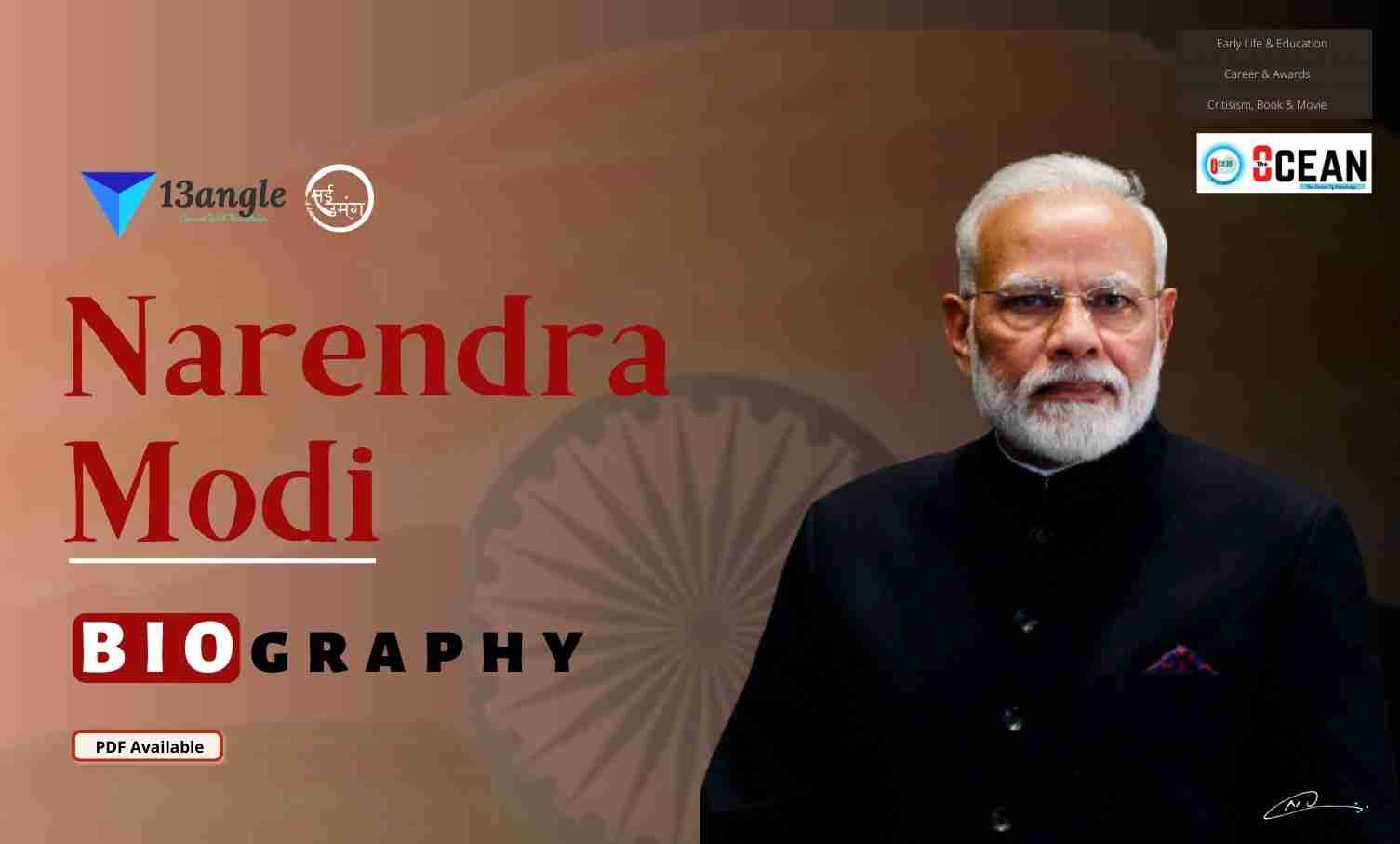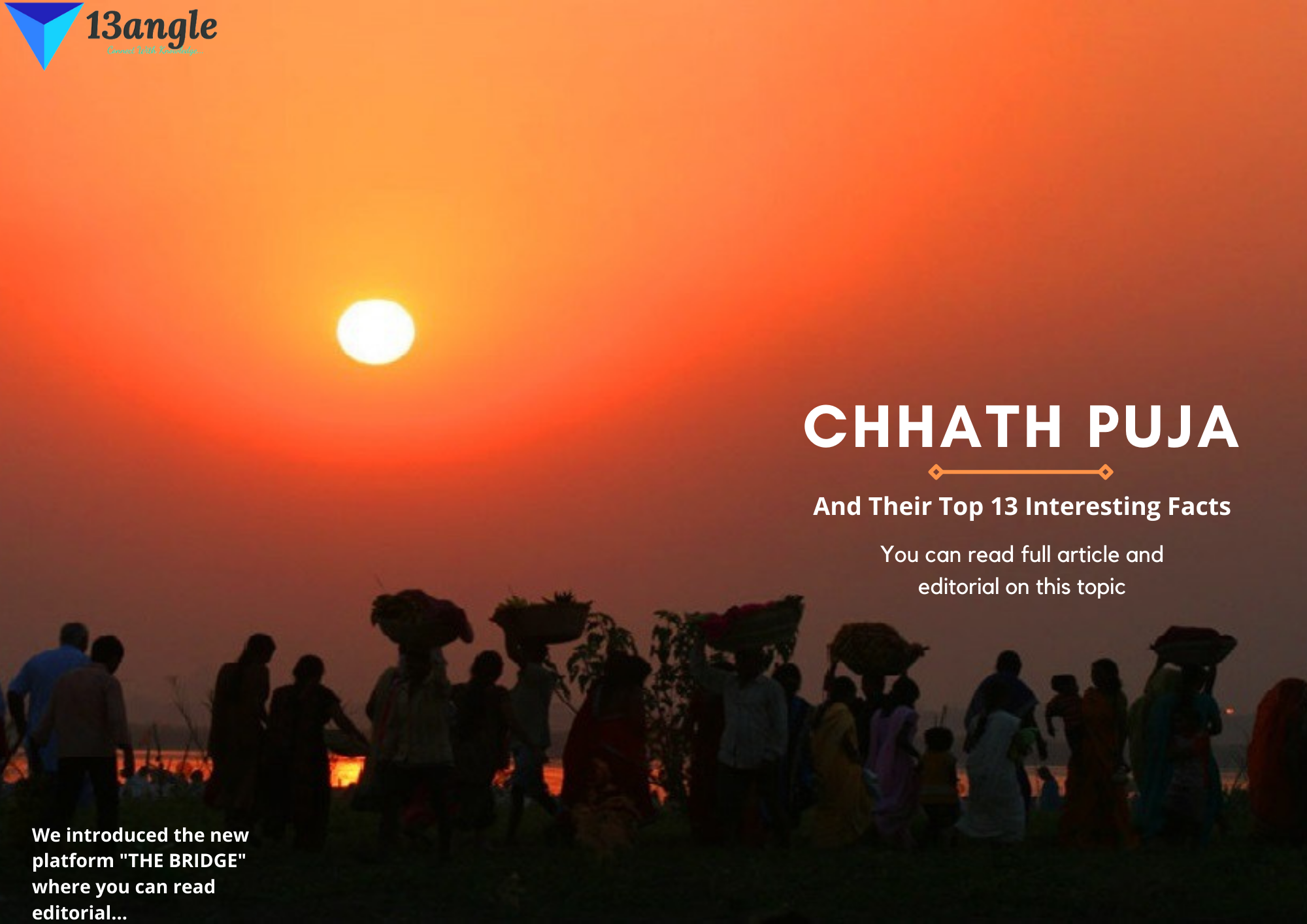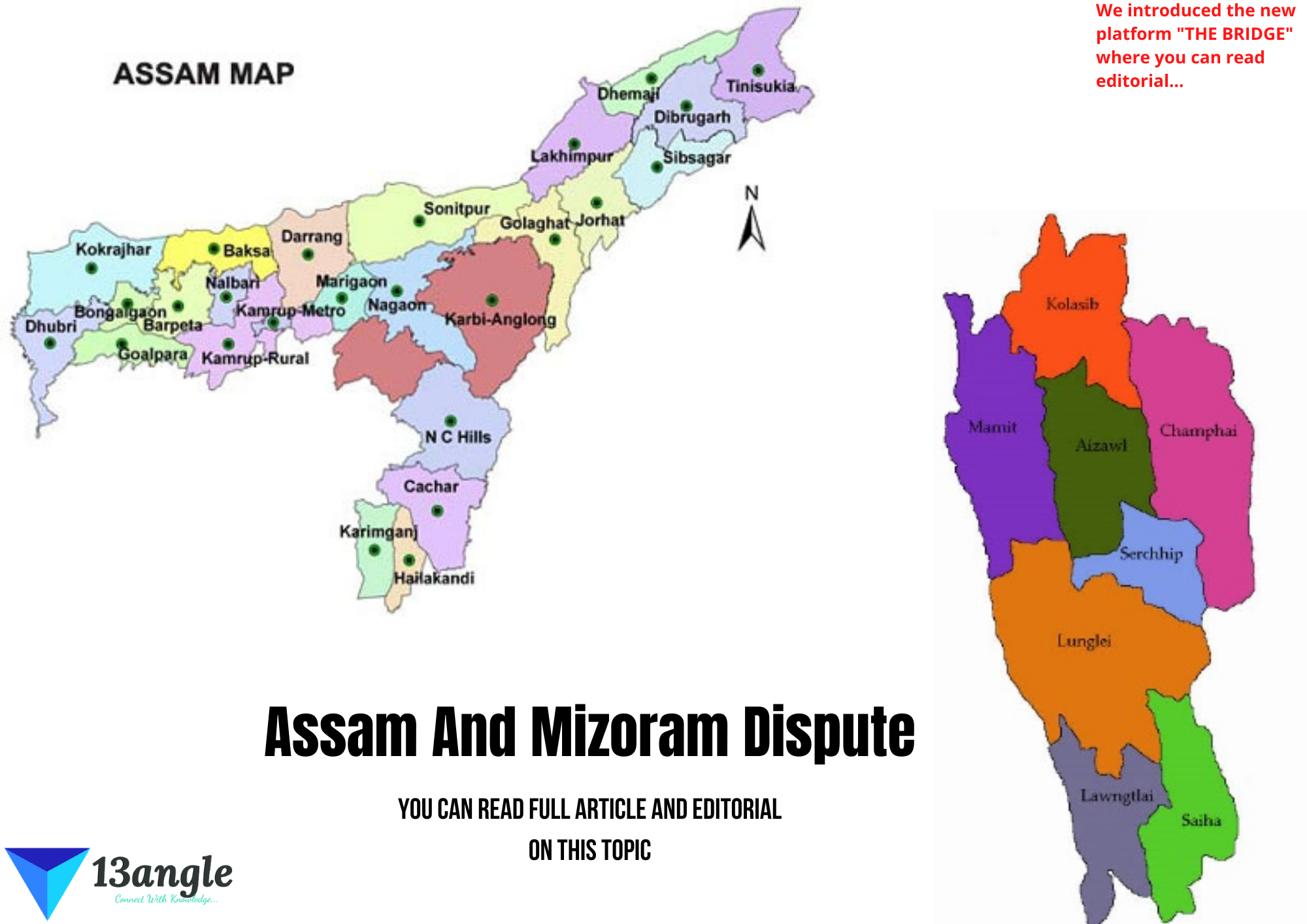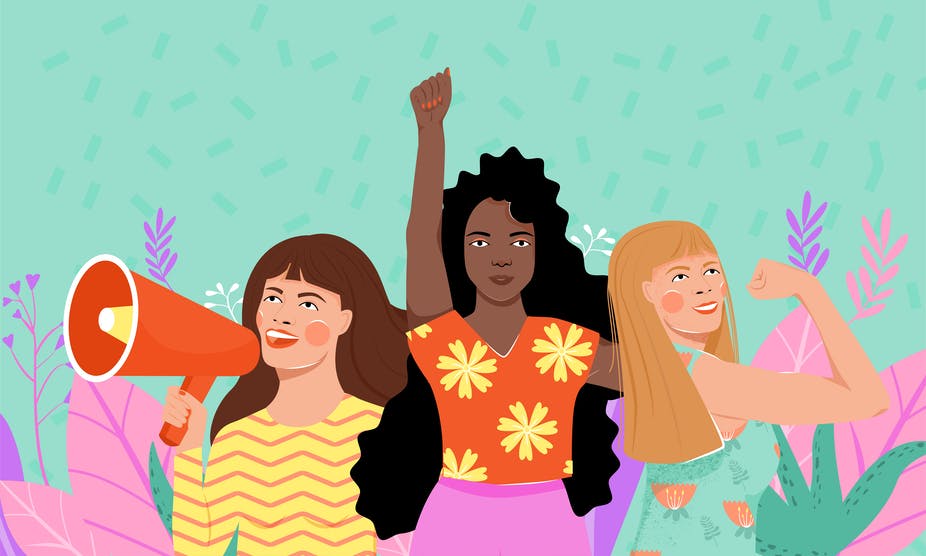
A Comprehensive Account On The History Of Feminism
- The genesis of the ideals of equality and justice was a byproduct of Scientific, Industrial and commercial revolutions in the western European society.These structural changes in the society paved the way for the inception of modernity and urbanization. This proved as a fertile ground for the sowing of seeds of feminism and the clarion calls for equality of women started doing rounds. It was New Zealand which first granted voting rights to women in the year 1893 but the struggle for suffragette in U.S. makes an interesting case.
First Wave Of Feminism
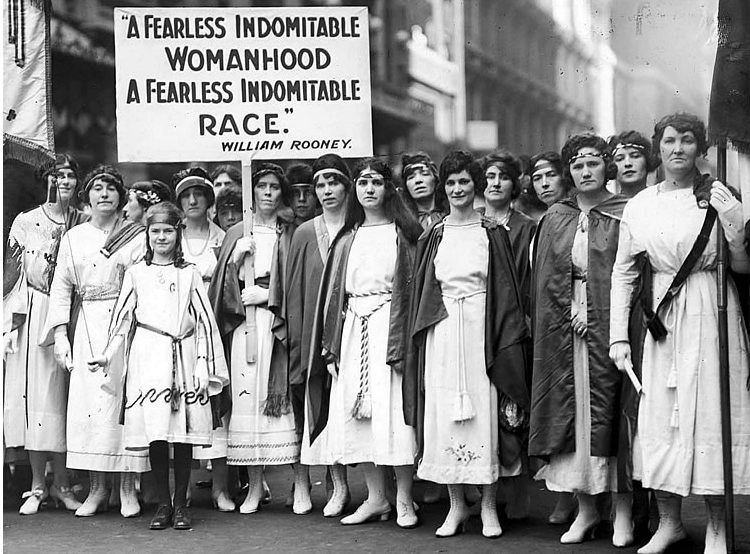
The First Wave of Feminism can be traced back to the Seneca Falls Convention in 1848 where abolitionists like Elizabeth Cady Staton and Lucretia Mott who conceived and directed the convention proclaimed ““We hold these truths to be self-evident; that all men and women are created equal” which culminated into a controversy when they demanded“their sacred right to the elective franchise.”
The fervor for suffragette only got intense with the passage of time. Following New Zealand in 1893, Australia in 1902 and Finland in 1906, United Kingdom realized a certain amount of success when it allowed suffrage to women over 30 in 1918. The World War 1 coincided with the strengthening movement for suffrage. In the US women’s participation in the World War 1 acted as the premise for the passage of the ‘Nineteenth Amendment’ in 1920 with Susan B. Anthony and Carrie Chapman Catt being major contributors.
This wave of feminism was characterized by what scholars termed as the Liberal feminism or mainstream feminism. This school of thought believed that the true emancipation of women was possible in a Democracy through the instrument of political and legal reforms
Some of the well known liberal feminists include Mary Astell (1666–1731) who was mainly known for her prose works “A Serious Proposal to the Ladies”highlighting the importance of higher educationand “Some Reflections upon Marriage” again emphasizing on the need for female education to choose their partners in marriage wisely or not marry at all.
“If all men are born free, how is that all women are born slaves?”
– Mary Astell.
The Second Wave Of Feminism And The Other School Of Thoughts
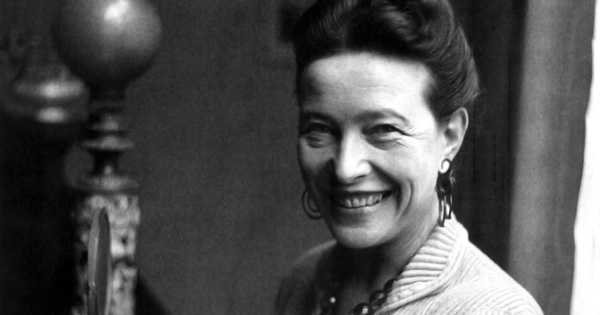
Mary Wollstonecraft (1759–99) and her notable work “Vindication of the rights of women” who reverberated Astell’s call for education to empower women, Harriet Taylor in her essay “ Enfranchisement of Women” and “The subjection of women” explored enfranchisement and independence of women way before the onset of women’s rights movement in the 1920s who worked with John Stuart Mill (1806–73) her second husband exploring similar areas, Elizabeth Cady Stanton (1815–1902) who contributed in the passage of the 19th Amendment in the U.S. constitution, and Virginia Woolf (1882–1941) who through her literary flair contributed in the inception of the feminist critic.
This was also the time when Europe was hit by the Great Depression of the 1930s which contributed to women joining the workforce for the jobs which were previously reserved for men. The Equal Pay Act of 1963 was one of the watershed events in the course of events. This was also subsequently followed by simultaneous changes around the world. The avid participation of Russian women in the production, the demands for freedom of education in conservative countries like Pakistan, and the granting of driving rights to women in Saudi Arabia carried the legacy of the Women’s rights movement.
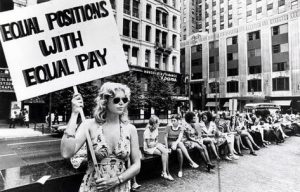
Feminist theory is highly influenced by conflict theory when it enquires into gender-related issues. It examines gender roles and uneven power relations. The Marxist feminists propound that the liberation of women can only be achieved by breaking the capitalist system which not only exploits female labor but also alienates her.
Whereas Radical feminism holds that the institution of family perpetuates male dominance in society. In patriarchal societies, men’s contributions are seen as more valuable than those of women. The voices and myriad contributions of women in the family and in society are not only ignored but are also brutally discredited.
This paved the way, for what the scholars like to call, the “Second wave of feminism.”The realization of suffrage laid the foundation for the diversification of the gamut of influence of female equality. Many strong voices emerged during this time.
“Each suburban wife struggles with it alone. As she made the beds, shopped for groceries, matched slipcover material, ate peanut butter sandwiches with her children, chauffeured Cub Scouts, and Brownies, lay beside her husband at night- she was afraid to ask even of herself the silent question—‘Is this all?”
― Betty Friedan, The Feminine Mystique
- With the publication of ‘The Feminine Mystique, Betty Friedan—argued that women were still relegated to unfulfilling roles in homemaking and child care. She used the phrase “feminine mystique” to describe the assumptions that women would be fulfilled from their housework, marriage, sexual lives, and children. The idea of femininity restricted women to just that and barred them from getting an education or having political opinions. She advocated the emancipation of women from the clutches of these expectations. This was preceded by the explosive corpus of Simone De Beauvoir – The Second Sex who is rightly called the Mother of Modern Feminism.
“One is not born, but rather becomes a woman.”
— Simone De Beauvoir
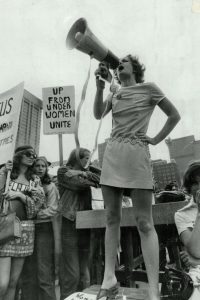
De Beauvoir’s primary proposition is that men fundamentally oppress women by characterizing them as the other, defined exclusively in opposition to men. Man occupies the role of the self, While a woman is an object, the other. Man is essential, absolute, and transcendent. While a woman is portrayed as inessential, incomplete, and mutilated. The man imposes his will on the world whereas a woman is doomed to immanence or inwardness. The man is creative while the woman keeps living in fetters, forever relying on the man to save her.
Issues of rape, reproductive rights, and domestic violence, workplace safety were brought into the limelight. This reverberated via feminist films, music, and books of the times.
Third Wave Of Feminism
The critics of the feminist movement have raised their concerns about how the movement was confined to the educated- white cis-gendered college women and has failed to include the entire female spectrum namely women of color, lesbians, transgenders, immigrants, and religious minorities. This was the precursor for the Third Wave of feminism. This included the Generation X (those born in 1960-the 70s) of the modern developed world. On the grounds of intersectionality proliferated different ideas of feminism. Rebecca Walker in an article published in the Ms. Magazine founded by Gloria Steinem heralded the beginning of the third wave of feminism quoting “I am not a post-feminism feminist. I am the third wave”.
This age was characterized by the “girls” who upheld the strong and empowered image of women, forgoing victimization and defining feminine beauty for themselves as subjects, not as objects of a sexist patriarchy. They developed a rhetoric of mimicry and appropriated derogatory terms like “slut” and “bitch” to deprive Patriarchy of verbal weapons. The web is an important tool of “girlie feminism.”
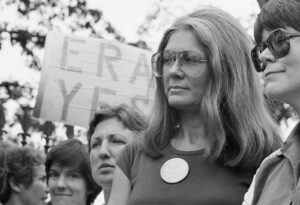
- Many in this wave refused to identify as “feminists” and reject the word as they find limiting and exclusionary. The “Grrl-feminism” encapsulated diverse categories of identity, gender, and sexuality. Its transversal politics also includes differences such as those of ethnicity, class, sexual orientation, etc. are celebrated and recognized as dynamic, situational, and provisional. Third-wave feminism tried to dilute any boundaries that were raised in the course of the early feminist movements and enhance inclusivity and representation. In popular culture, powerful women like Madonna, Queen Latifah, and Mary J. Blige, among others, and the women depicted in television series such as Sex and the City (1998–2004) and MTV Series Daria( 1997-2002), The Simpsons(1989-90 ) or the Disney Movie Mulan(1998) represented the women of the new era who was far from the patriarchal descriptions of feminine, thinking and smart, independent girls women in lead roles.
Intersectional Feminism
- In her book“ Mapping the margins” , Kimberlé Crenshawdescribed various avenues of intersectionality. Trifurcated into three forms of intersectionality: “structural”, which combines the concepts of classism, sexism and racism under purview; “political” which bifurcated the experiences of women of color and women in the political arena, and representational intersectionality which advocated the imagery and representation of women of color. This purview of feminism brings all different sections of the society under the same umbrella and multiple offshoots as in Transfeminism, Dalit feminism, Indigenous feminism and Feminism of disability.
Fourth Wave Of Feminism
- Some scholars opine that a New Fourth Wave of Feminism began in 2012 after the brutal Nirbhaya gang rape in Delhi. The key areas of emphasis of the aforementioned wave are curbing sexual harassment, body shaming, and shunning of the rape culture. Some other events in this wave can be Protests against Ex-US President Donald Trump’s inflammatory comments on women. 4.6 million people attended various protests against him.
- The MeToo movement in the US which gave a voice to survivors of sexual violence, launched in 2006 spread like wildfire. In the year 2018 #MeToo started doing rounds in the mainstream media in India. Although it remained confined to the Bollywood and Political arenas it gave birth to an integral dialogue in the society. Many high-profile actors and politicians were called out in the course of this movement.
- The panorama of onset and evolution of feminist ideals in the Indian scenario starkly differed from the west. Naturally, it followed a separate trajectory altogether. This was mainly due to its unique history and socio-cultural dynamics. The Indian experience can be studied through the Post-Colonial Feminist Theory.

Post Colonial Feminism
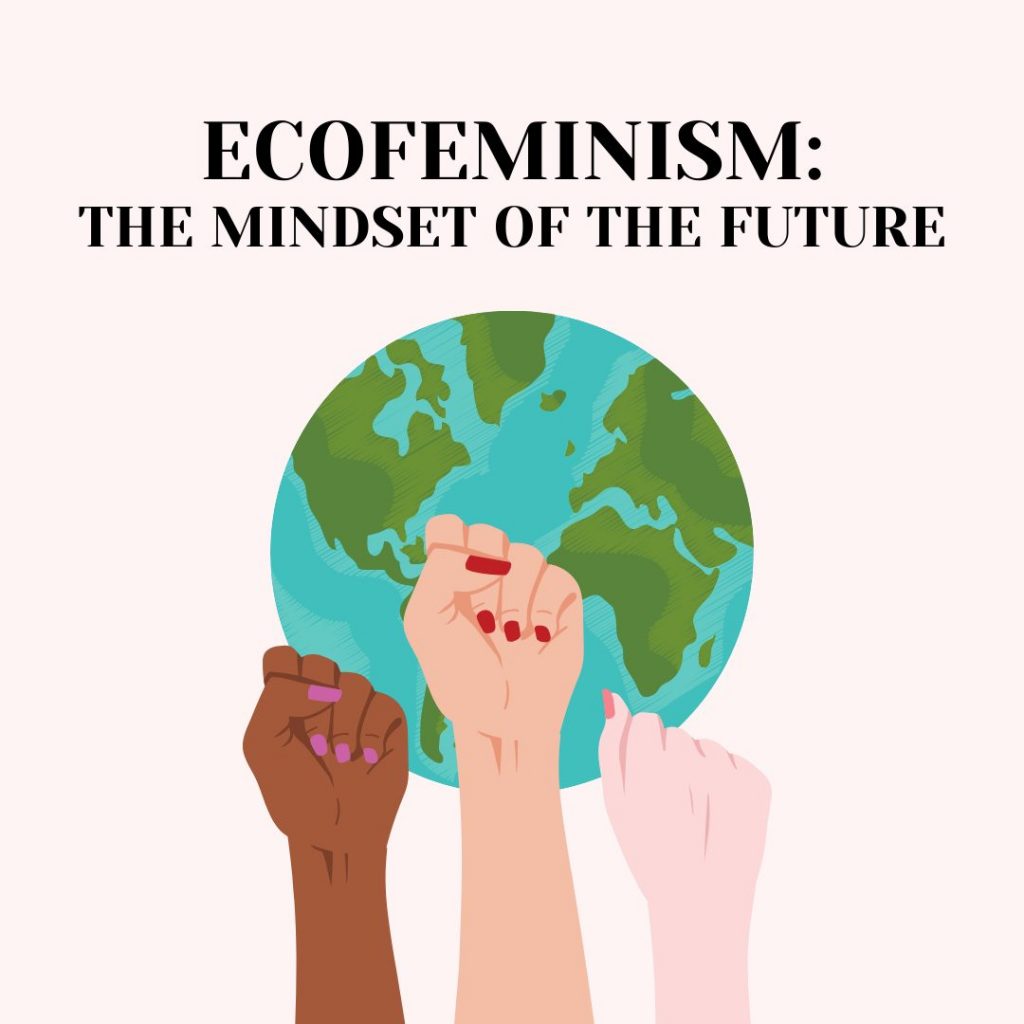
The experiences of the “women in colonized nations” are studied by Postcolonial feminist theorists. In contrast to the Feminist scholars’ responsibility to counter the misrepresentation of women as inferior a Postcolonial feminist scholars’ responsibility is onerous. This is because she experiences what scholars term as “double colonization” as she experiences the oppression of not only patriarchy but also colonialism. The task vested to her is to rise above mental subjugation at both patriarchal and colonial levels where the fellow male counterparts are not allies but adversaries.
Modern Indian Feminists deserve a separate mention in this discourse. Women like Medha Patkar, a fierce campaigner, and a feminist social worker; Amrita Pritam who was the first woman to be awarded” Sahitya Akademi Award” Gita Sahgal, an award-winning director and a journalist on issues of feminism; Vandana Shiva, environmentalism and prominent leader of Ecofeminist movements; Nivedita Menon who authored Seeing like a feminist; lawyers like Anuradha Katju and Menaka Guruswamy who worked for the decriminalization of Section 377;
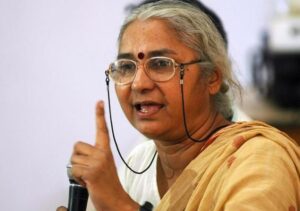
Neera Desai is some of the Sahgal, an award-winning director and a journalist on issues of feminism; Vandana Shiva, environmentalism and prominent leader of Ecofeminist movements; Nivedita Menon who authored Seeing like a feminist; lawyers like Anuradha Katju and Menaka Guruswamy who worked for the decriminalization of Section 377; Neera Desai are some of the prominent figures who have contributed substantially in the course of the growth of feminism in India.
In the scholarly circles the course of feminist reforms is studied under three main time frames: the first phase which began in the mid-19th century under the Imperial regime of the East India Company (later British Government), was characterized by several reforms initiated by both British Governors and educated Indians. Raja Ram Mohan Roy who created the “Brahmo Samaj” persuaded Governor-General of India Lord William Bentick to ban Sati Pratha. (1828) He contributed in many other dimensions for the upliftment of women in society.
“Arya Samaj” was founded by Swami Dayanand Saraswati in 1875, Other organizations like the “Prarthna Samaj” also played important role in feminist movements, Shreemati Nathibai Damodar Thackersey (SNDT) University Women’s University was established by Maharshi Dr. Dhondo Keshav Karve in Bombay in 1916. There also were women like Savitri Bai Phule (1831-1897) who contributed profusely in the field of female education, Tarabai Shinde (1850-1910) whose work “Stri Purush Tulana” is regarded as the first Indian feminist corpus, and Pandita Ramabai (1858-1922) who also worked for social reform of women. Although, the first phase of feminism in India is mostly characterized by male advocates
This also necessitates the mention of the forgotten valiant women of the Revolt of 1857. Apart from the much-celebrated women in warlike Queen of Jhansi and Begum Hazrat Mahal of Lucknow, even before the revolt, in the 17th century, Rani Belawadi Mallammma of Belawadi, Belgaum district fought against not only the British but also the Marathas. Other queens like Rani Chennamma of Kittoor in Karnataka, Rani Velu Nachiyar, the queen of Sivaganga in the 18th century, fought to safeguard their countries, and women like Jhalkari Devi, Uda Devi, and Avanti Bai Lodhi left an indelible mark in the annuls of history.
The second phase can be attributed to the time period between the year 1915 to the Indian independence when Gandhi incorporated women’s movements into the Quit India movement and many independent women’s organizations began to emerge like All India Women’s Conference (AIWC) and National Federation of Indian Women (NFIW). Although the participation of women was not vehement and commonplace this culminated in the realization of women as equals, at least, in theory. Leaders like Aruna Asaf Ali, Sarojini Naidu, Bhikaji Cama, Annie Beasant, and Dr. Lakshmi Sahgal became part of the Indian National Movement.
There is a huge lacunae between what is prescribed as ideal and what exists as a reality. Despite making considerable enhancement of the status of women we are still holding on to the archaic patriarchal values. There is a famous Sanskrit shloka that goes,
“Yatra Naryastupujyanteramantetatra devata. Yatra it astuna pujyante sarvastrafala kriyah.” Manusmriti (3.56)
Translates to, “Where women are honored, divinity blossoms there, and where ever women are dishonored, all actions no matter how noble it may be, remains unfruitful.”
The culture which talks about the worship of women is still laced with countless manifestations of exploitation of women. The status of women is nowhere near what is prescribed in the scriptures or in the Constitution of India.
According to the National Sample Survey guidelines in which nationwide literacy rate of females is only 70.3% and the regional divide paints a murky picture with only 57.6% literacy in areas of Rajasthan.
The sex ratio, which is the ratio of males to females in a population, according to the latest data given by the Census of India was 108.9 in 2011. The natural sex ratio is assumed between 103 and 107, and any number above it is considered as suggestive of the practice of female feticide and infanticide.
There are many other crimes like acid attack, rape, child marriage, domestic violence, Dowry, honor killings, trafficking of women, and sexual harassment which are widespread in our society.
The participation of women in the workplace has also not been very encouraging. According to a report by World Bank, The female labor participation rate in India had fallen to 20.3% in 2019 from more than 26% in 2005.
In the wake of the dismal picture painted by the grim statistics, only the incessant struggle for the liberation of women from the shackles of patriarchy acts as a ray of hope. The struggle is shaped by the millions of women are breaking their chains every day which reminds me of beautiful poetry by Tishani Doshi celebrating the grit of women, titled “ The River of girls.”
Here is an excerpt;
This doctor with his rusty tools,
This street cleaner, this mother
Laying down the bloody offerings
Of birth. This is not the cry
Of a beginning, or a river
Buried in the bowels of the earth.
This is the sound of ten million girls
Singing of a time in the universe
When they were born with tigers
Breathing between their thighs”
Top 13 Interesting Facts
Marie Curie was the first woman to win the Nobel Prize Winner and also the first scientist to win two Nobel Prize.
Rwanda has the most number of women in government, with 61.25% composed by females.
India ranks 132 on the Gender Development Index and 127 on Gender Equality Index.
India suffers from one of the lowest sex ratios (940 in 2011) in the world.
UN Report “ Cyber Violence against women and girls” – 73% women reported facing violence in India.
Kadambini Ganguly was the first woman to be trained as a physician from Calcutta Medical College (CMC) in India.
First female to become chief minister was Sucheta Kriplani of the Indian National Congress.
Kamini Roy was the first woman to graduate with honours in India. (1886)
The percentage of women representation in Central Council of Ministers has decreased from 17.8% in 2015 to 10.5% in 2019.
India had 65 women out of 545 members of Parliament in the 16th Lok Sabha in May 2014 accounting for 125 representation.
Percentage of Female Police Officers in India is only 7.02.
The number of female graduate in STEM was 42.72 in India but only 14% are employed as scientists and engineers.
Women are paid 34% lesser than Men in India and this wage gap is highest in world.
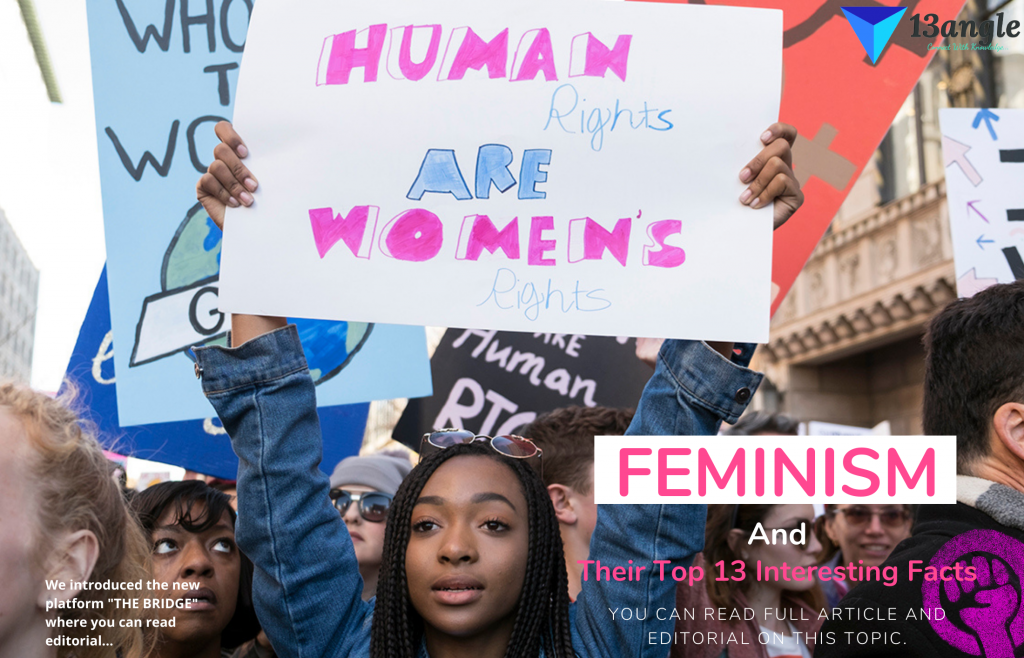
Click the button below to know our writer opinion:

